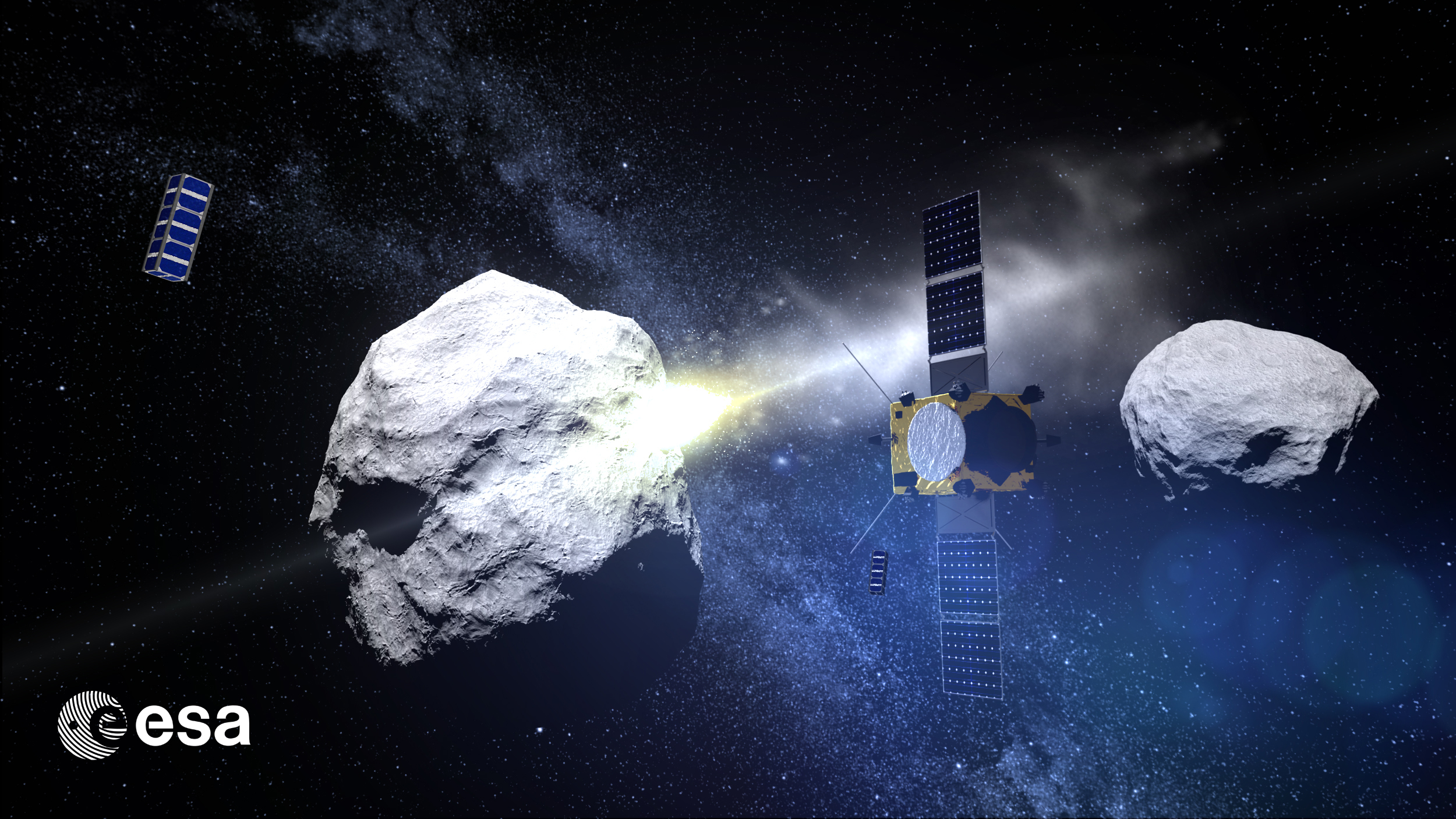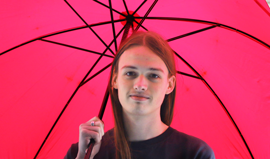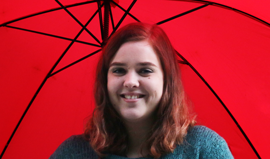Space missions are fascinating, but they’re also very complex, take a huge effort and an enormous amount of time. How can we involve a broader audience in this process in co-operation with ESA? We will design an informative and playful method to create awareness and engagement about challenges that a space mission encounters.
So, to give a brief indication of how we think our target group is like we divide them in two sections. Section 1: The people who are interested in space but forget to keep track of it and section 2: people who think they’re NOT interested in space because they believe the theory is too complex for them to understand. Our main group falls in section 1. How can they benefit from constant information about space missions?
The space mission we’re talking about in our case is called AIM (Asteroid Impact Mission). In October 2020 AIM will launch from the earth to reach a group of asteroids named Didymos and (a smaller asteroid) Didymoon. The arrival of the AIM satellite will take place in May 2022. AIM will investigate the asteroids and gather information about the infrastructure. These asteroids won’t form a threat to the earth, but it is a smart move to figure out more about asteroids in general, just to be prepared when future asteroids will be making their way towards the earth.
So, where do we start and how are we going to work? First we need to think about why people are losing their interest during a particular space mission. We assume it’s probably because the people are not provided with any new information about the space mission. This is the problem we’re facing here. So how are we (as a team) trying to get people excited about space missions and evoke awareness and engagement. In the end we will deliver an interactive method which will be the solution to our user problem.









